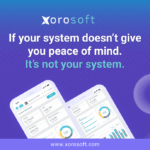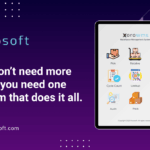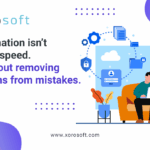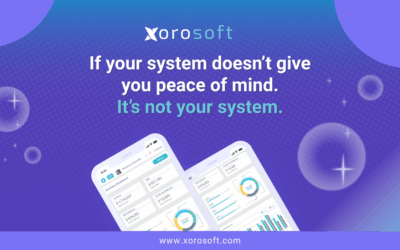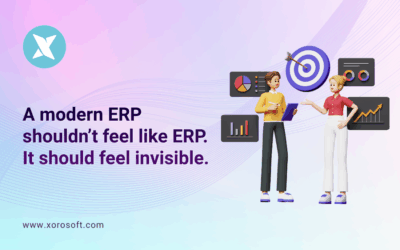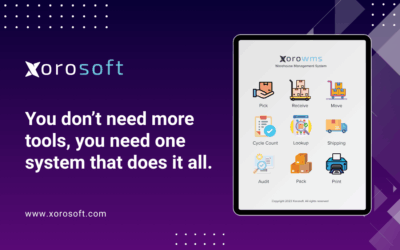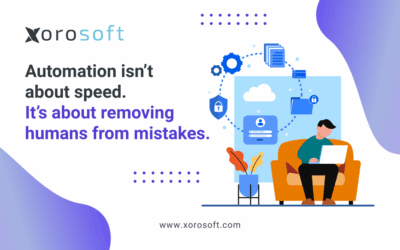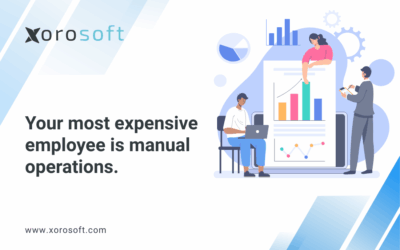
Inventory Forecasting Challenges No One Wants to Admit
Every fast-growing product business faces the same challenge with inventory forecasting ERP systems.
They finally clear out slow-moving stock, thinking they’re back on track. However, their bestsellers run out just two days later.
After reordering that same bestseller in bulk, demand drops—and now they’re stuck with dead inventory.
Additionally, their team insists the forecasts were accurate, yet purchasing still feels like a gamble. 🎲
Consequently, if you’re constantly second-guessing when to reorder and how much to stock, your inventory forecasting ERP likely isn’t giving you the full picture. Many businesses rely on gut feelings and outdated spreadsheets to make critical purchasing decisions.
This broken approach leads to stockouts, overstock, customer frustration, delayed purchase orders, poor cash flow—and eventually, stagnation.
Let’s explore why this keeps happening and how modern inventory forecasting ERP solutions are changing the game.
Why Traditional Tools Fail at Inventory Forecasting ERP
Many manufacturers, distributors, and retailers still operate with a patchwork of tools:
-
Spreadsheets for demand forecasts
-
QuickBooks for accounting
-
Warehouse apps with delayed syncing
-
Inventory trackers that require manual updates
-
Fulfillment teams relying on outdated pick lists
Because these tools don’t communicate in real time, mistakes happen frequently.
For example, a warehouse might ship inventory another team previously marked as reserved. The purchasing team could order 1,000 units based on a sales report that doesn’t reflect the latest trends. Meanwhile, the accounting team often books costs for inventory not yet received.
This kind of misalignment spreads across departments, causing slowdowns, errors, and wasted capital. These aren’t isolated incidents—they reflect a system not built for today’s fast-paced environment.
What Causes Forecasting to Break Down
Outdated systems—not people—are usually the problem in most operations.
Here’s what most businesses are missing in their inventory forecasting ERP:
-
Live inventory visibility across all channels and warehouses
-
Real-time sales data to inform what and when to reorder
-
Historical trend analysis for accurate forecasting
-
Automation triggers for restocking before it’s too late
Companies relying on fragmented systems and delayed reporting often make critical decisions using stale data. That leads to purchasing errors, sales gaps, and operational delays.
As a result, decision-making becomes costly. The margin of error in every action increases when no one trusts the data.
In addition, many departments operate in silos. Each uses its own system, which leads to inconsistent inventory records and confusion about what’s real and what’s outdated.
Modern ERP Systems Eliminate Guesswork
Fortunately, fast-scaling businesses have found a better way forward.
They’re moving away from disconnected tools and embracing centralized ERP systems—where every part of the business is connected in real time. This unified approach transforms how teams handle purchasing and forecasting.
When companies implement the right inventory forecasting ERP, here’s what they gain:
-
Purchasing teams can view live sales trends and inventory data
-
Forecasts are based on actual numbers and seasonal patterns
-
Reorders trigger automatically at predefined thresholds
-
Accounting reflects accurate landed costs and stock values
-
All departments—from sales to fulfillment—share one unified source of truth
As a result, companies move from reaction to prevention. They make better decisions, faster.
And what’s more, this system eliminates lag time between capturing data and acting on it. Speed and accuracy give growing businesses a competitive edge.
How Xorosoft Optimizes Inventory Forecasting
Xorosoft ERP was designed for businesses that need real-time control, operational speed, and seamless automation.
Here’s how it solves the forecasting chaos:
-
All-in-One Platform: Xorosoft combines inventory, procurement, fulfillment, and finance in one system—no switching between tools.
-
Built-in WMS: Real-time warehouse management comes standard, not as an add-on.
-
Smart Forecasting: The system analyzes real trends and auto-suggests what and when to reorder.
-
Native Integrations: It connects directly with Shopify, Amazon, EDI, and 3PLs for real-time syncing.
-
Multi-Anything Support: Whether you run multiple warehouses or sell in different currencies, Xorosoft keeps your data unified.
-
API Automation: Automate everything from PO creation to vendor follow-ups.
-
User-Friendly: Xorosoft is #1 in Ease of Use on G2.
-
Shopify-Approved: Listed on the Shopify App Store and ready for eCommerce.
These features give businesses the clarity and consistency they need to grow without chaos.
Make Inventory Forecasting Work for You
Knowing when to reorder and what to restock shouldn’t be a guessing game.
With traditional tools, you’re always one delay, one miscalculation, or one bad forecast away from disaster. However, a connected ERP like Xorosoft offers real-time data and automation, so you can make confident decisions.
Therefore, there’s no more scrambling. In fact, there’s no more uncertainty. And most importantly, there’s no more wasted spend.
With Xorosoft ERP, your team gets the tools to work faster, smarter, and together.
👉 Explore Xorosoft ERP or book a demo to see how it fits your business.
